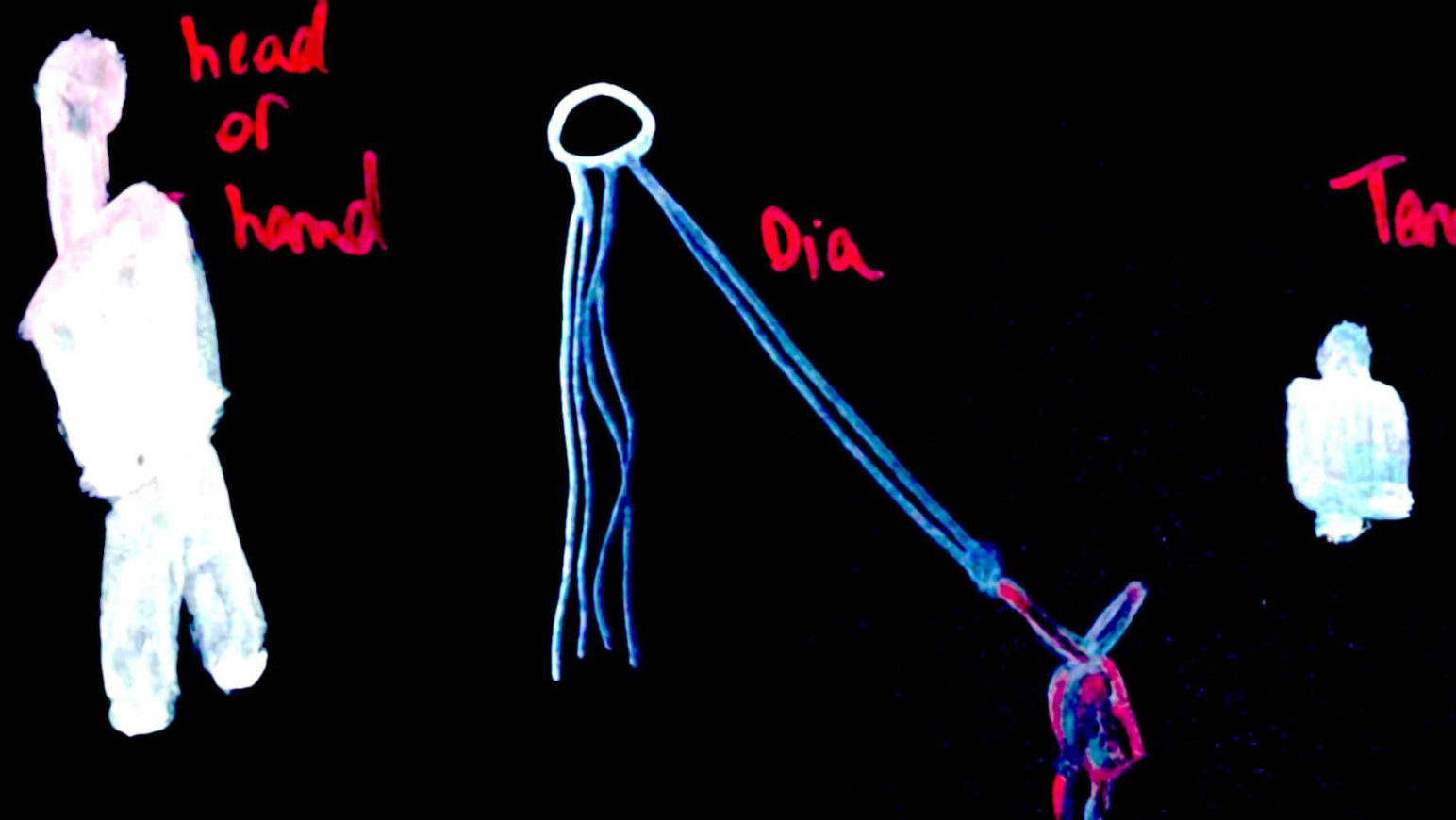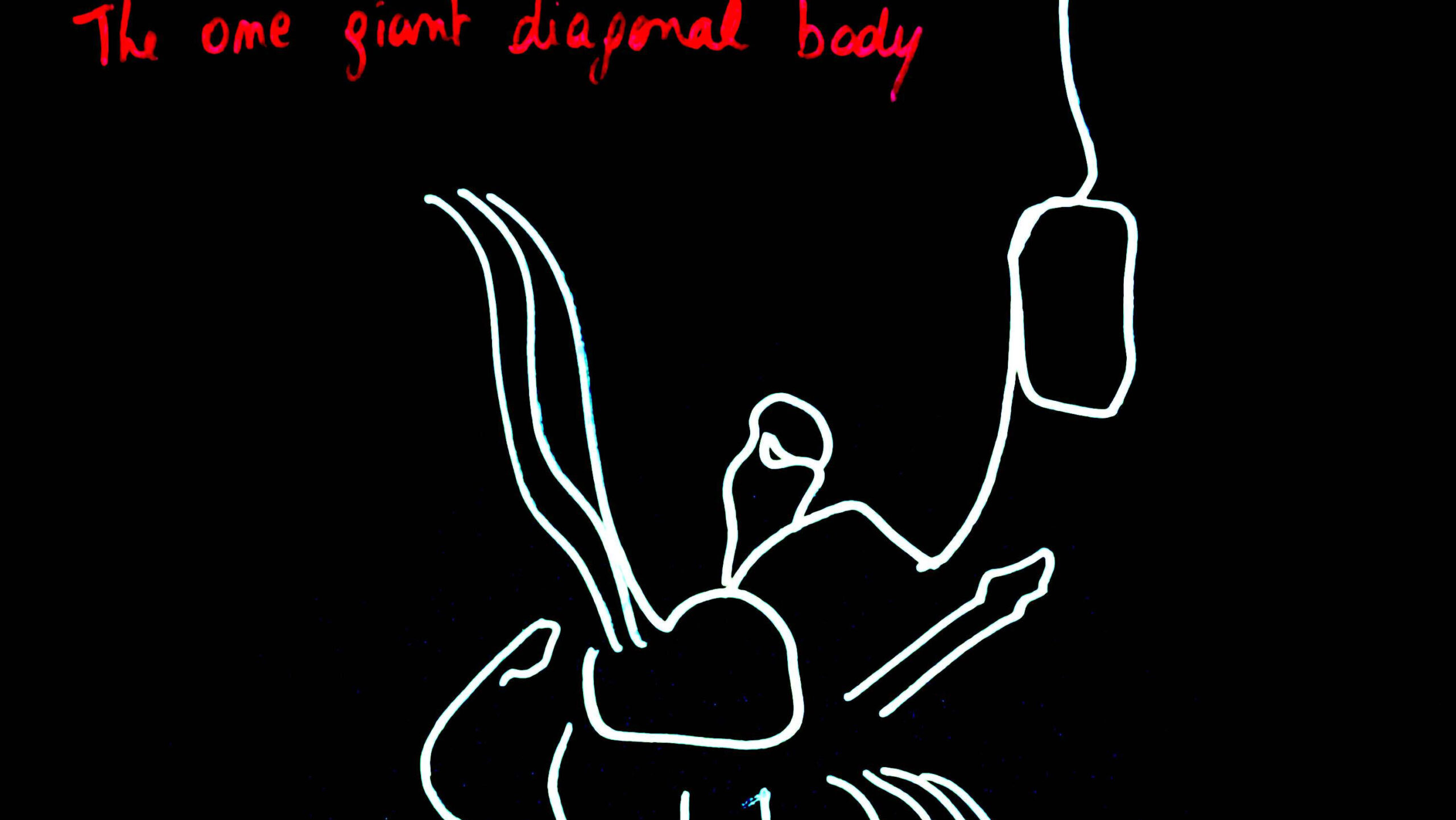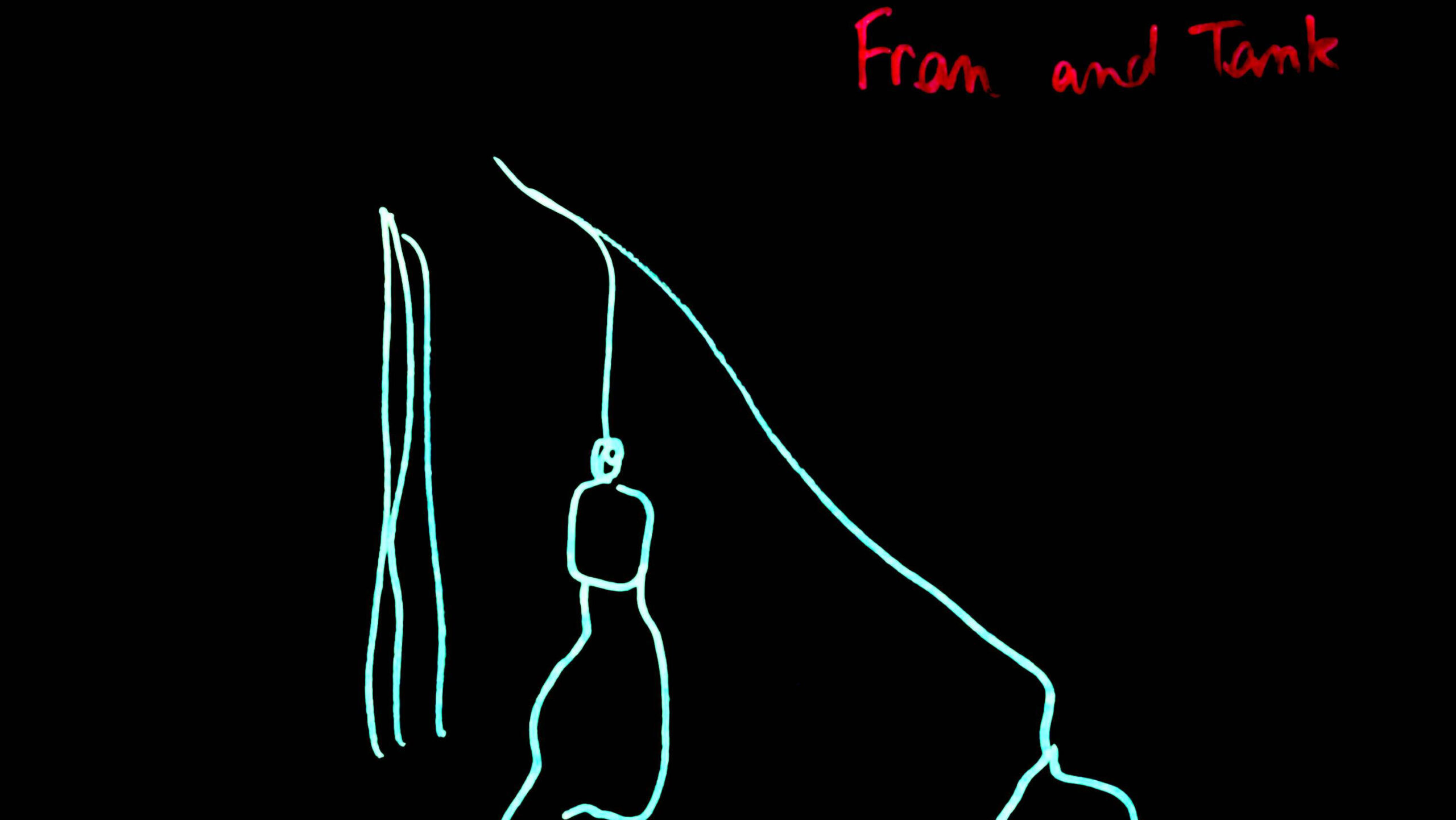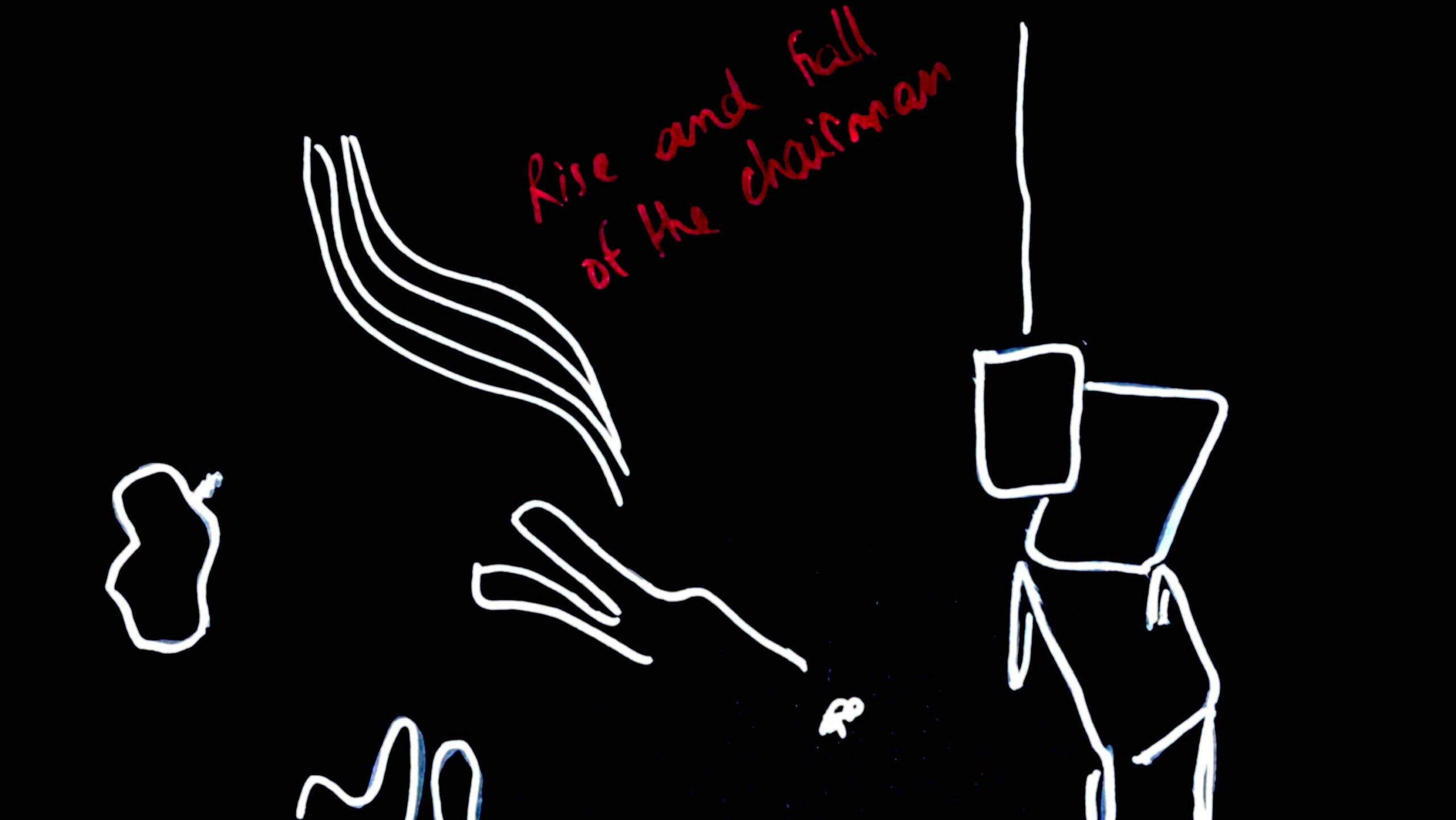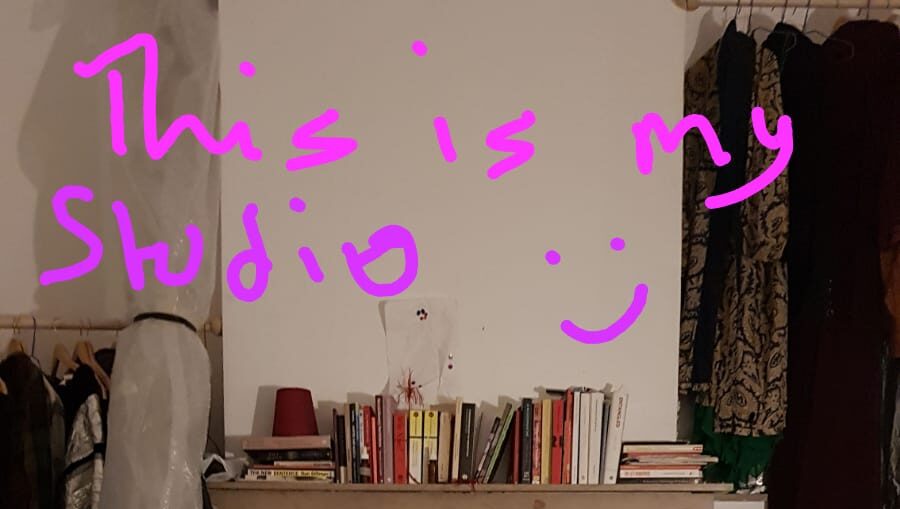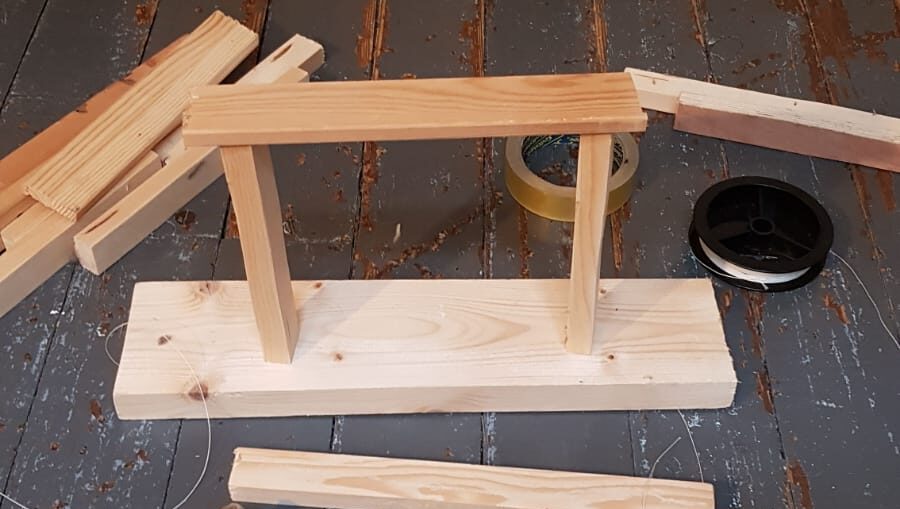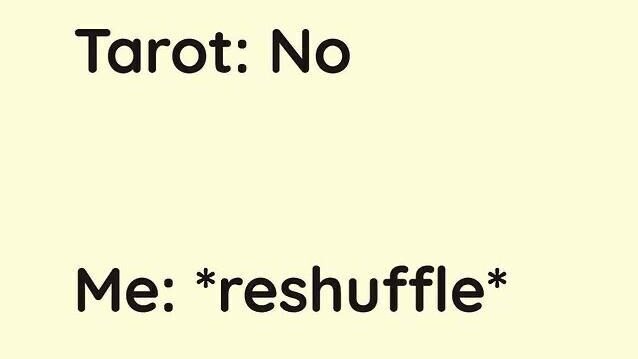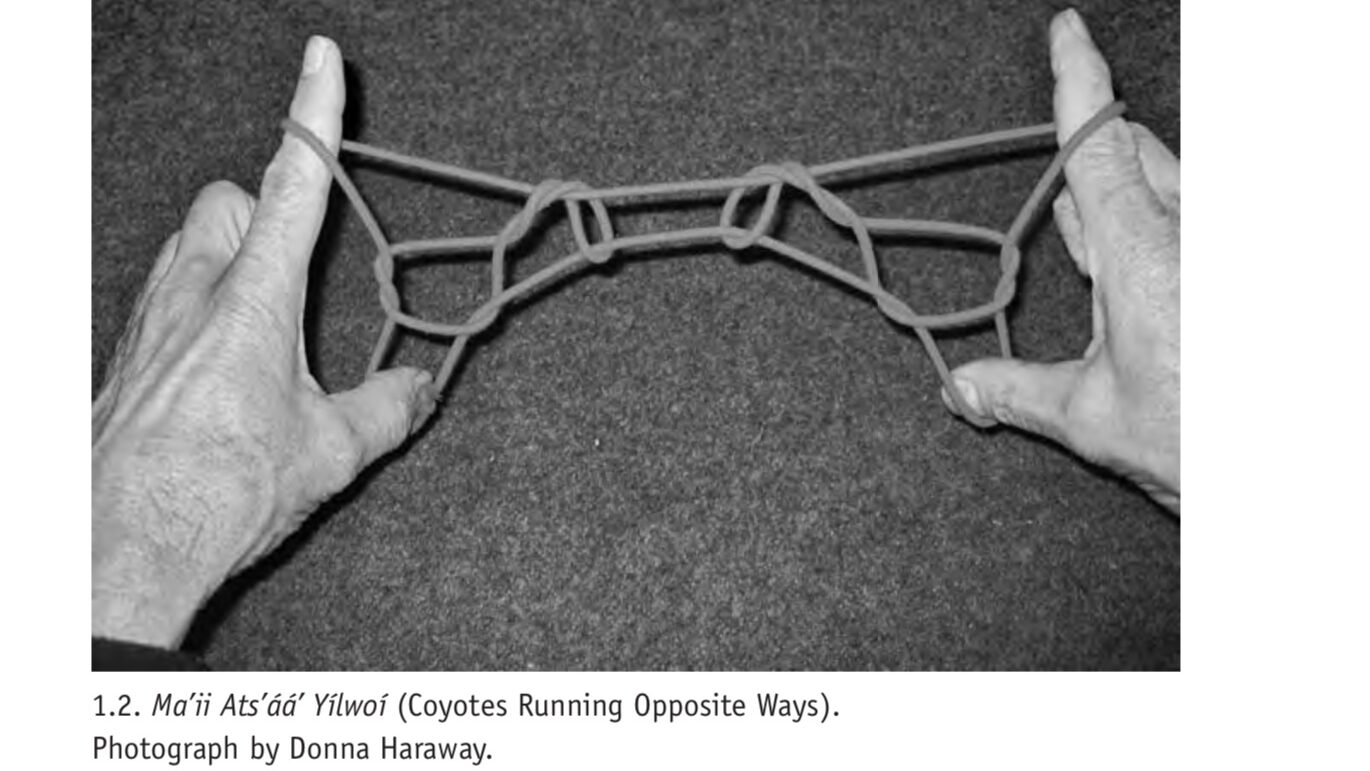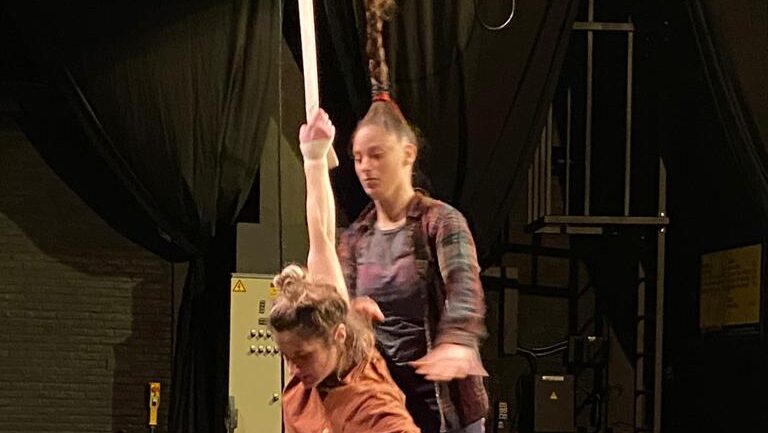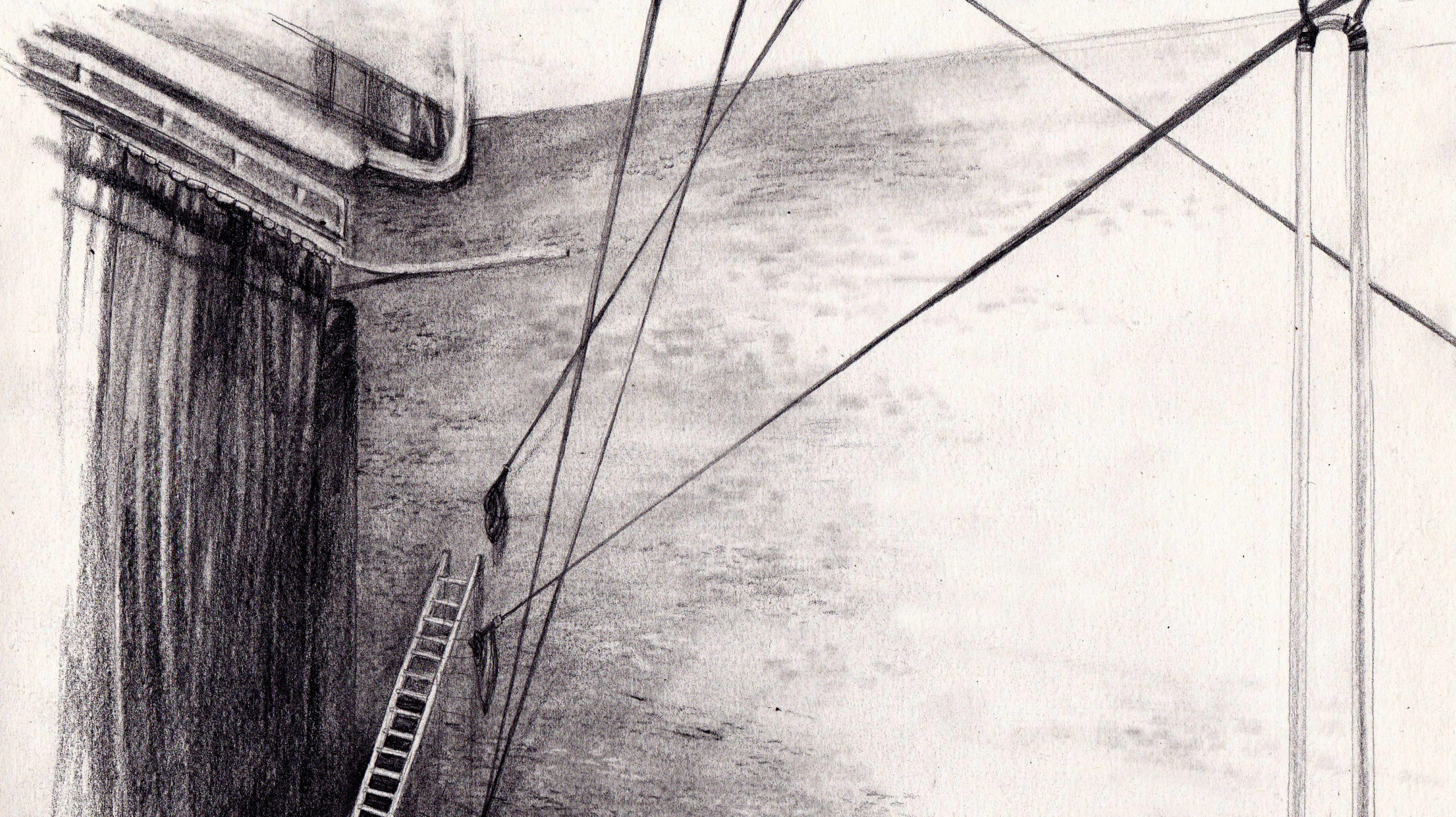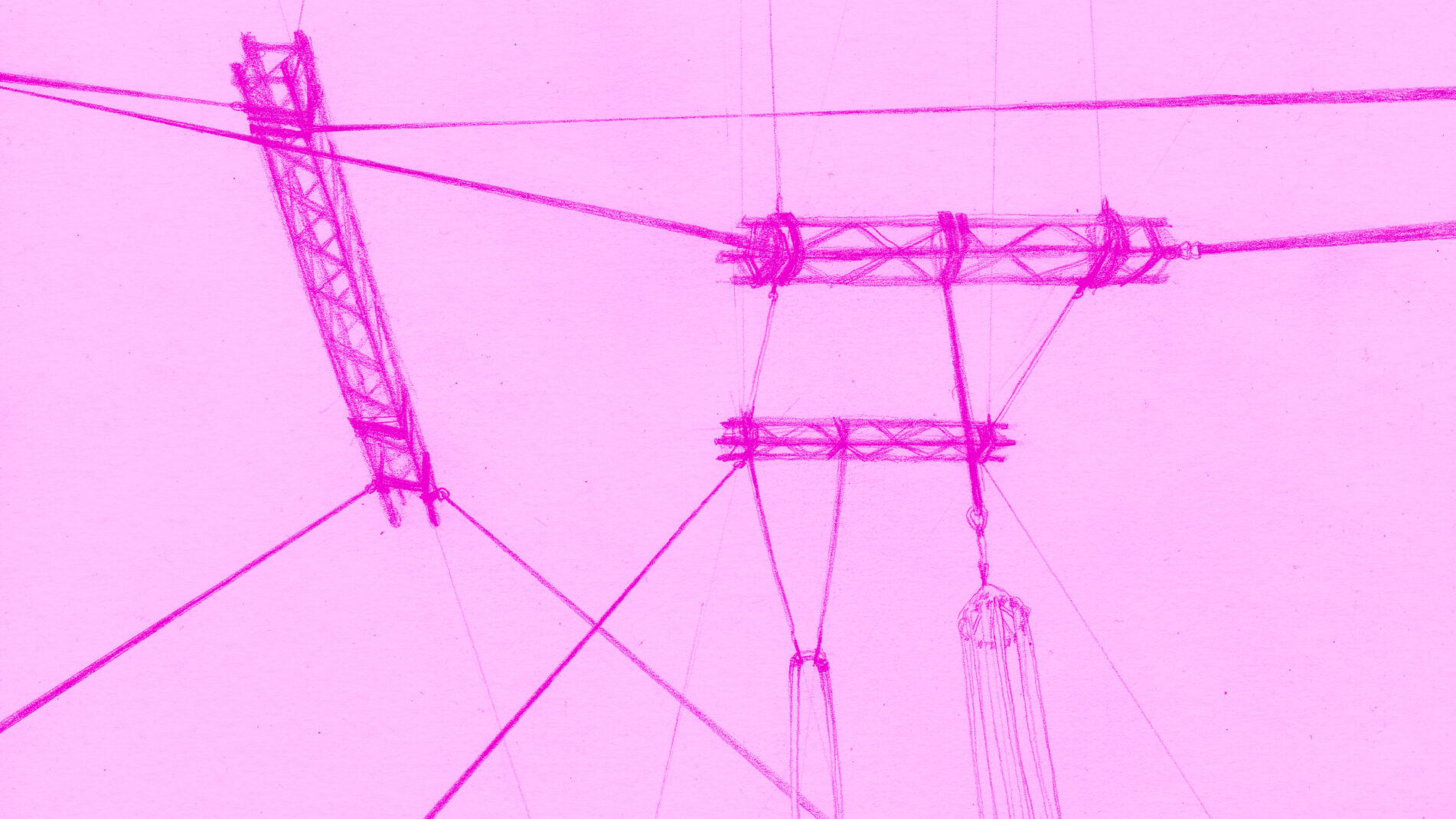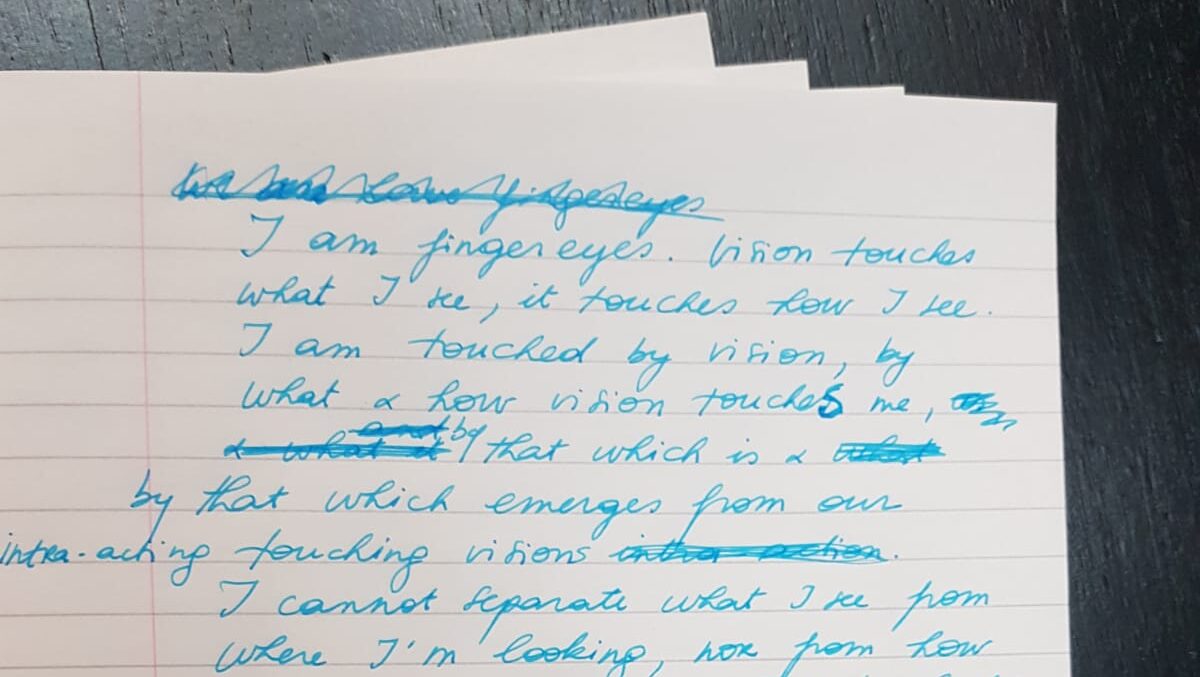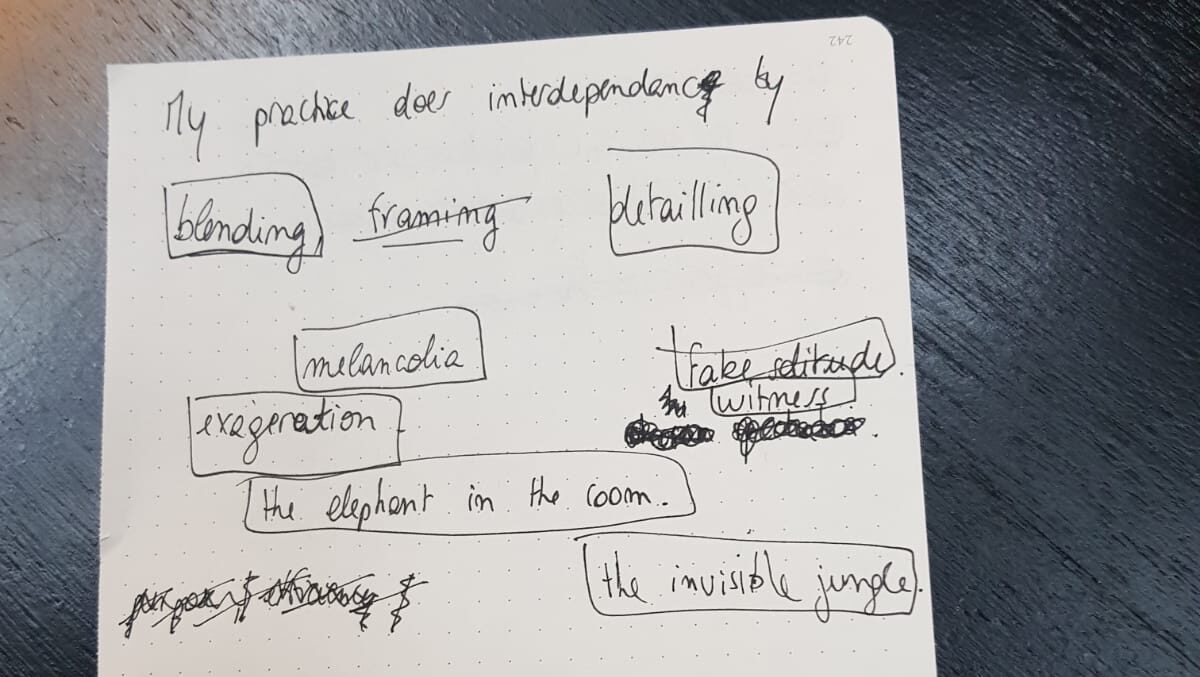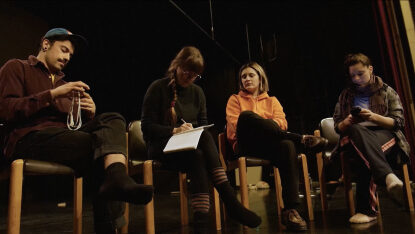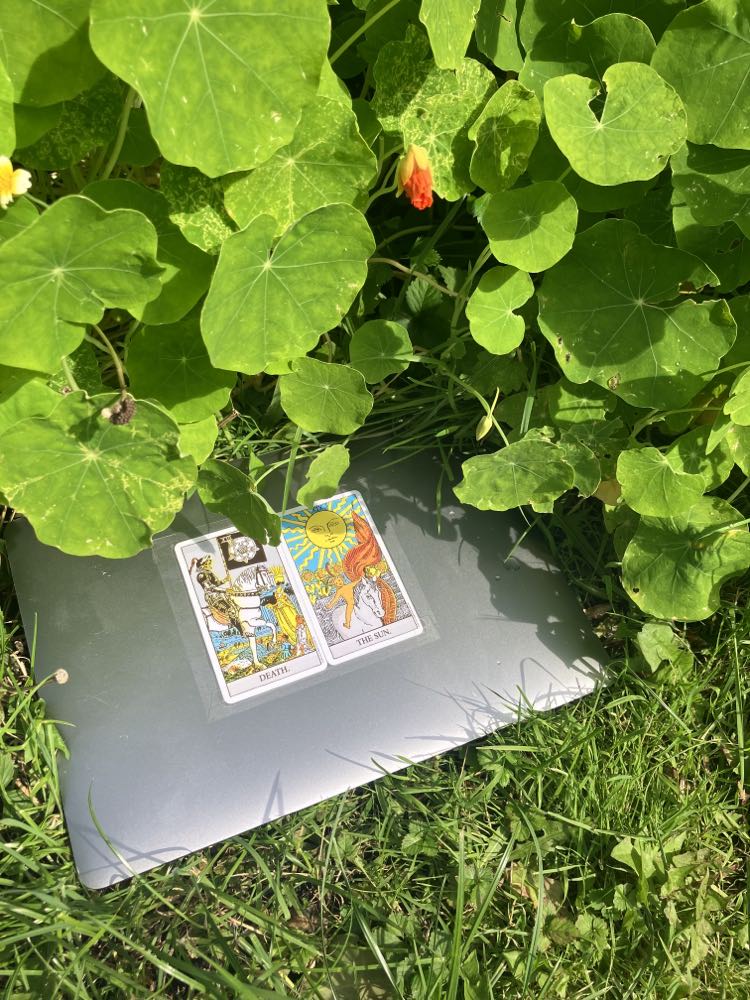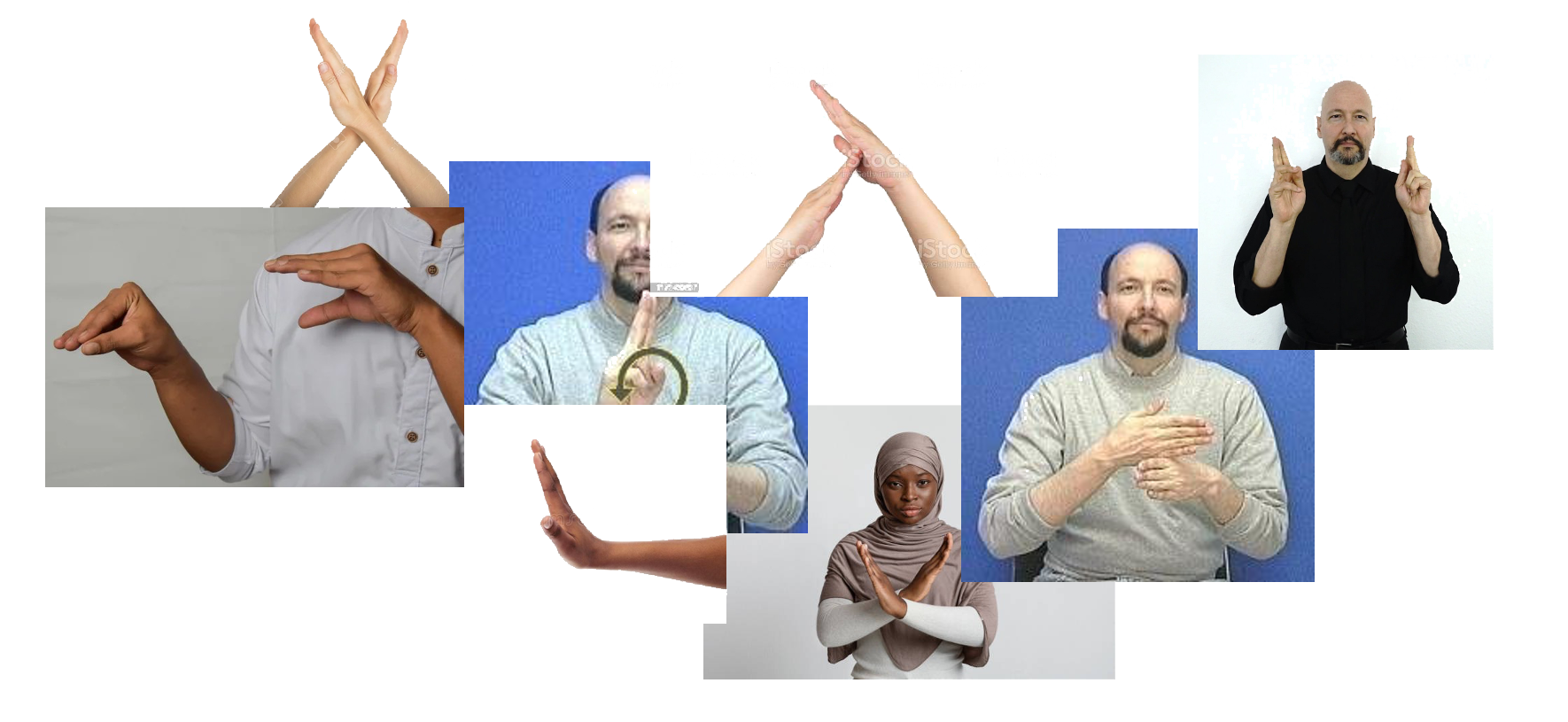Rigged Dialogues
Composting
These research traces available here are organized into five sections. The ‘dialogue scores’ refer to the actual improvisations we did. ‘Queer rigging’ names one theoretical framework which emerged in response to these improvisations, both helping us both decode our experiences and guide the evolution of the practice. ‘Somatic warm-ups’ and ‘tarot’ were two practical tools which helped us prepare for and shape the unfolding dialogue scores. Finally, ‘letter writing’ became an important way of digesting what we were experiencing or had experienced during the dialogues.
This organization of traces was performed post-facto by artist and dramaturge Sebastian Kann, who did not himself participate in the rigged dialogues. Digging into a voluminous google drive, as well as interviewing the participants, set in motion a composting process whose results are available here, ready for new seeding.
It’s important to note that the reality of the practices in evidence here is more multiple and contradictory than a single organization scheme could allow. Emerging between many bodies, objects, and things, what we are calling ‘rigged dialogues’ is best characterized as an event which can’t be accurately described from any singular perspective. What is nevertheless given over to a certain amount of interpretative specificity here should be parsed with that caveat in mind.
Dialogue Scores
As a collective, we engaged in extended improvisations conceived of as ‘dialogue practices’. Designing these improvisations was a major part of the project. It meant, for each improvisation, making collective decisions about space, potentials for action, modalities of engagement (language, body, imagination), as well as preparation, duration, and after-care / digestion. These were experiments in putting a capacious definition of artistic research into practice, one which privileged neither ‘show-like’ or ‘publication-like’ outcomes, but which rather made space for the non-verbal, the experiential, and the tacit.
Below, you can find links to two of the scores used in these dialogues.
Three Days of Dialogue
Bauke LievensImages of Agency
Queer Rigging - Some Theory
Camille: Feel your back, your body, where you have been and where you are now. Let’s continue (since we have all ready started).
Tank: I feel lonely …
Fran: Don’t feel lonely! We are connected. I know I’m looking at Saar, but everything I do is linked to you.
Saar: I feel the loss, the letting go, the fading memories [indecipherable] away. Holding on, letting go, being entangled. Surrounded and supported by ropes.
Chair: [Sitting] I am Camille’s seat who is not physically in this space.
Camille: I also sit, watching, writing, participating.
Saar: Sitting, on a rope chair, on Fran, under Fran, on the floor.
Fran: Sit or stand. Vertical … Horizontal … Diagonal.
Camille: The diagonals are shifting.
Rope: Shifting where? I like shifting, and moving, changing shapes. Creating lines and pulling, pulling the focus. To shift, to shift perspective.
Chair: Sitting sideways shifts perspective.
***
What is queer rigging?
A multiple time-space for belonging, not built by normativity but by pleasurable pain, shared memories of absence, passive revolt, fragile destruction, (inter)dependency, soft heaviness …
‘Queer studies’ is an interdisciplinary academic field which thinks about unusual, minoritarian, deviant, or non-normative (that is, not-‘normal’) sexual and gender practices. One theme that runs throughout queer studies is power. It is uncontroversial to state the power relies on a certain measure of agreement and uniformity, grounded by hierarchy and convention—think, for example, of the army. From the perspective of a queer kid in an unfriendly school, for example, or a queer citizen of an oppressive regime, it is clear that sex and gender are part of the larger complex of norms that ensure the reproduction of power structures, because the repression that they face for stepping outside of those bounds is powerful.
One queer strategy for pushing back against repression has been to claim that the hierarchies and norms that structure gender and sex are not ‘natural’ but are in fact instituted by a kind of decree, backed up not by nature but by power. And one legacy of this strategy is the notion of ‘queering’. Queering something can mean thinking through the ways that thing is streamlined by norms which are complicit in upholding greater power structures; for example, the way the freedom of the individual body in circus reiterates the individual freedoms of liberalism. It also means pushing back on those norms and speculating about alternatives.
In this project, ‘queer rigging’ emerged as one important theoretical framework, one which both emerged from practice and contributed to structuring it.
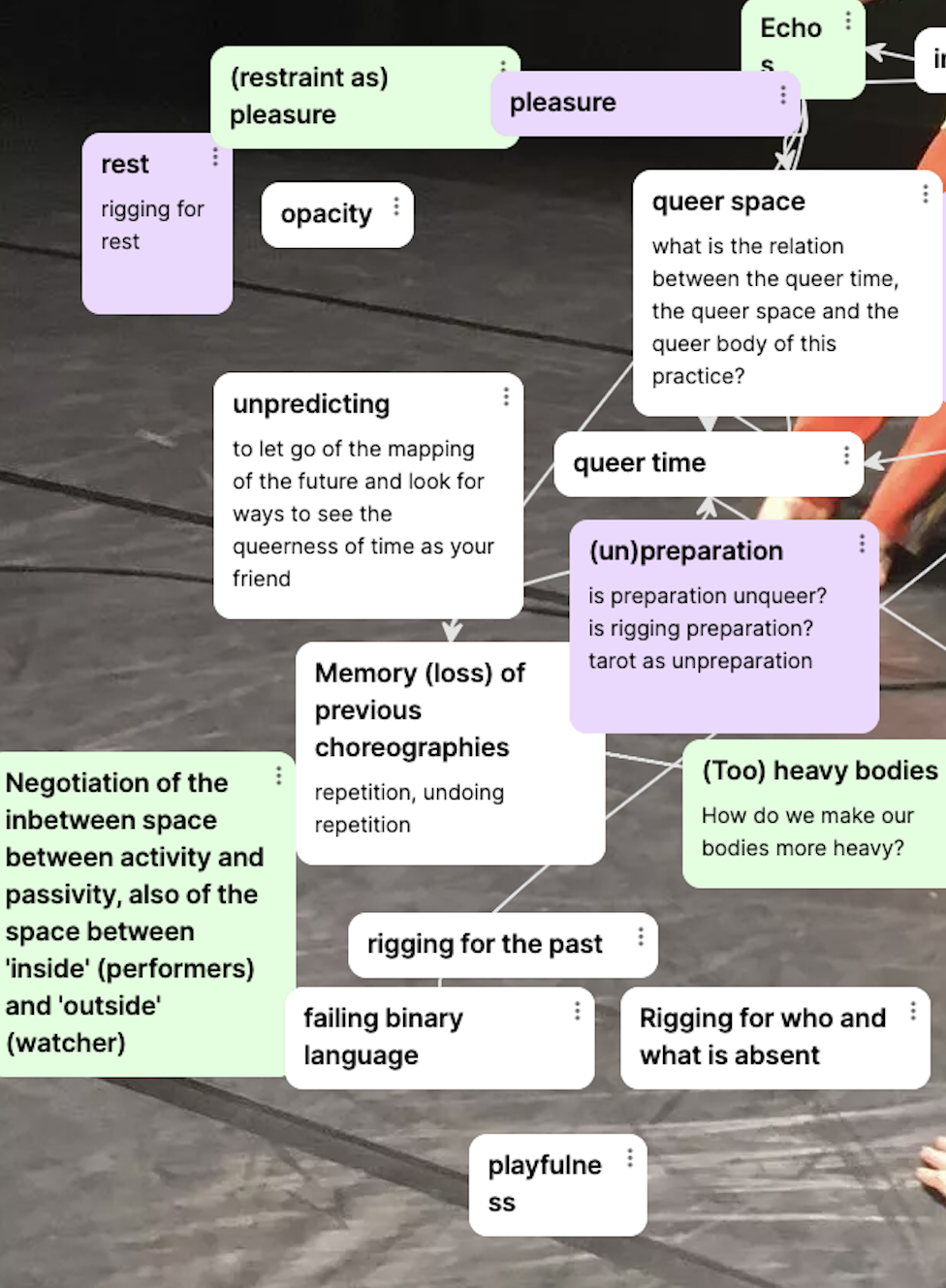
What do we rig for? Who do we rig for? What outcomes do we eliminate at the outset, in the preparation for circus, in the process of rigging? How can we make space for the weird, the abject, the boring, the uncomfortable, the unexpected?
These were questions which we kept asking and deepening over the course of the project.

Here are some of the aspects of rigging we considered under the rubric of ‘queer rigging’:
- Active / passive : rigging for rest
- Spectator / performer : what if the spectator is allowed to be active?
- Time : instead of rigging for the future, what if we rigged for the past? How can we ascribe values to the choreographies of memory?
- Time scale : can we think of rigging in the context of cosmic time, rather than banal quotidian time?
- Presence / absence : can we rig for the absent or excluded?
- Heavy / light : can rigging make bodies heavier, rather than always more ethereal?
- Human / object : how to emphasise the activity of so-called ‘inert’ matter—the rigging itself?
- Spectacularity
- Productivity
- Strong / weak : can we use small, thin, fragile ropes? How does that change what we can do with them?
- Verticality / horizontality
- Attachment : can rigging figure attachment as something other than a burden?
- Pleasure / pain
- Risk : to what do we remain deaf when we hear ‘rigging’ expertise only as expertise in ‘risk management?’
- Real / fictional : can rigging take place in mediums other than that of ‘real life?’

Somatic Warm-ups
Early in the process, it became clear that embarking on ‘rigged dialogues’ required some preparation. We devised somatic warm-ups to help us listen, stay open, and tune in. Through exercises in movement and attention, we attempted to shift out of the embodiment drilled into us by contemporary work, social practices, urban architecture, and circus training, looking for alternative ways of being, sensing, and exchanging.
Below, some of the scores we used to prepare for our dialogue practices.
No, Thank You
Vincent FocquetBreathing Space
Fran HydeBe Prepared
Elena ZanzuDisappear
Bauke LievensIt Begins with Our Bodies
Saar RomboutWhat’s in dialogue?
Camille PaychaWarm up for being surprised
Camille PaychaWarm up for dialogue
Camille PaychaWarm up for nothingness
Camille PaychaWarm up for unlearning
Camille PaychaWarming up for intimacy and exploding walls
Tarot
In popular culture, tarot cards tell us the future. But what if we think of the tarot not a future-tellers, but as perspective-shifters? Not as keepers of truth, but instead as invitations to wander differently through situations, to notice new patterns and analogies, to find new reasons to move?
The tarot became an important tool in our exploration of rigged dialogue practices. Drawing a card was a way of making a cut, shaking things up, or resolving a blockage. We started creating our own deck, specific to circus and to the particular interests the project. Below, some of the cards we wrote for our dialogues, as well as a list of card-titles for an unrealized circus-tarot deck (Major and Minor Arcana).
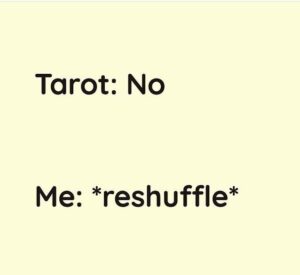
Major and Minor Arcana
Rest
Necessity
Bark
Boy
Commitment
Catastrophe
Contract
Crumble
Cupped Hands
Digestion
Discipline
Echo
Five of Braids
Forever
Freedom
Leak
Mustard
NO
Pain
Refusal
Resistance
Shroud
Smoke
The Disappearing Melter
The Russian Dolls
Letter Writing
Letter-writing was one tool we used both to generate ideas and to digest the dialogue practices. A letter, always addressed to another, frames thinking as something that happens with another in mind. In that sense, it underlines the sense in which thinking is always a ‘thinking-with’. Non-human addressees and fictional writing personae expanded the scope of the exercise. Post-humanism and speculative practices have long been central to the project, and these strategies reminded us of the many kinds of other one can encounter through writing, and the many different roles those others can take.
Writer, addressee, persona, and object all appear as participants in these small epistolary dialogues, but so does the medium of the screen/page itself. Typed on various devices, the technology we employ also employed us, inviting us to experiment with image, font, and page-layout. These flourishes are far from decorative: the thinking crystallized in these letters emerged as we typed and inserted images, born in the time of writing but on and through the space of the screen/page.
Reading these letters, we arrive in the middle of a moment. The context is not explained. Rather, we dive into a specific encounter, a located desire, a knot of meaning and making not entirely available to us. Instead of learnedly formulated ‘research conclusions’, we offer these as traces of the process, a linguistic byproduct which testifies to – but doesn’t supersede or replace – the embodied dialogues we performed.
Glittering, Warm and Full…
Vincent FocquetHolding the In-Between
Bauke LievensDedication to Unrepresentation
Bauke LievensWe Prepared for Floating …
Elena ZanzuDear Past and Future
Fran HydeCoerce into Resistance
Vincent FocquetFourteen Thoughts
Fran HydeSlapdash Gardener
Bauke LievensA Toothache
Fran HydeSpace from the Past
Vincent FocquetXIII Death
Bauke LievensKleine, Verschuivende Ruimtes
CollectiveAll my Balanced Love
CollectiveBack and Forth, Over and Over
CollectiveContinue in the Void
CollectiveHear You
CollectiveMostly a Void
CollectiveMy Little Watch Fragment
CollectiveNo Need to Thank Me
Vincent FocquetTo A Partaker
CollectiveYou Stay Surprising


